You Can Sow Asters Indoors To Harden Off, Or Directly Outdoors In A Seed Bed
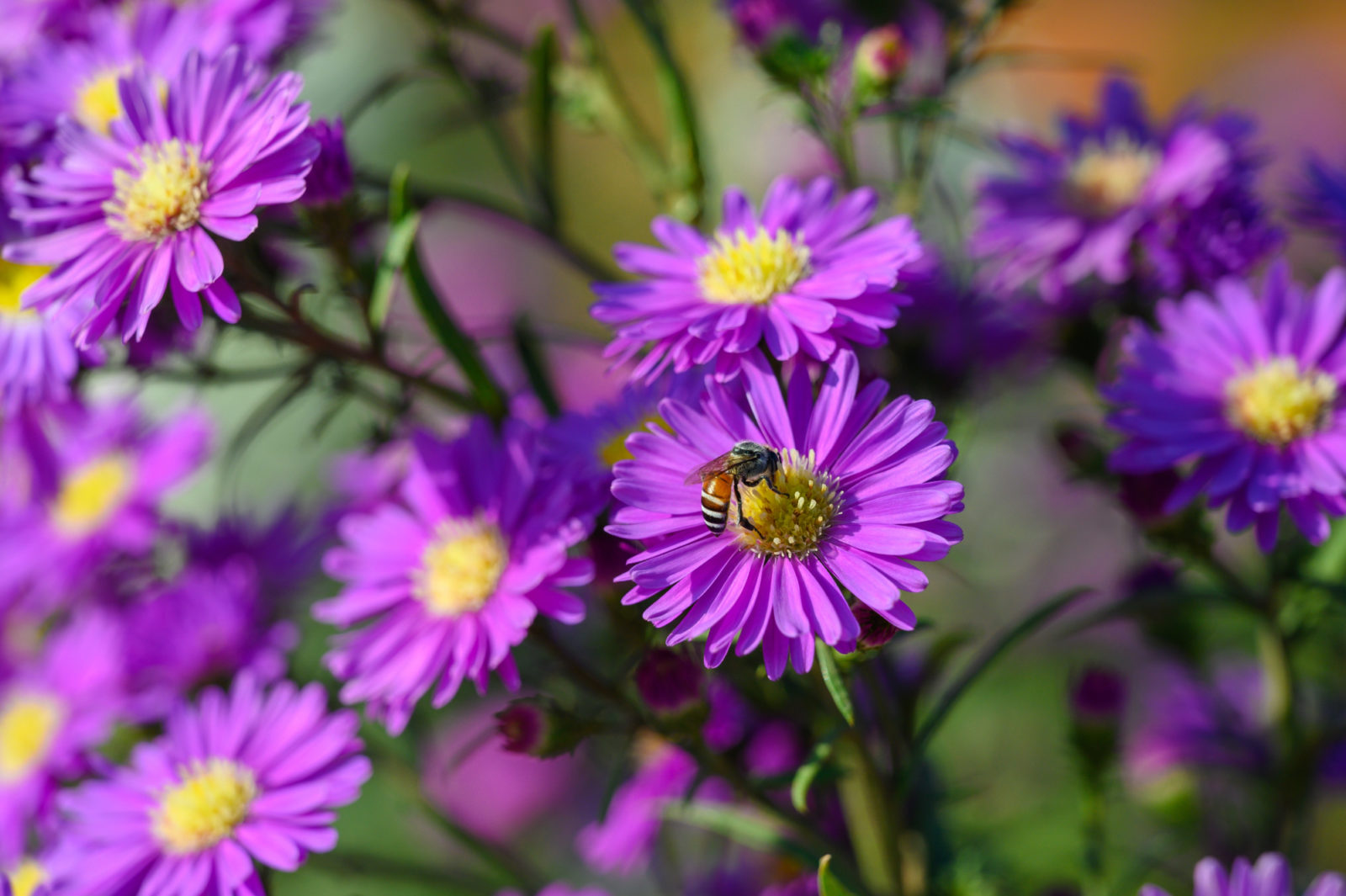
PERENNIALS > ASTERS > SOWING
Chris is a gardening writer and nature enthusiast. He graduated from Oxford Brookes University in 2022 with an MA in Psychology. Chris works with the Leeds Green Action Society, helping their food cooperative by growing various fruit and vegetables on their two allotments in Hyde Park, Leeds.
Reviewed By DAN ORI

Dan has over 27 years’ under his belt caring for plants and gardens. Working as a Horticultural Instructor and Consultant, he draws on a diverse range of experience that includes working as a Head Gardener, Tree Surgeon, Garden Centre Trouble Shooter, and writer of academic papers. Dan has a Level 3 Diploma in Horticulture and is currently a candidate for the RHS’s most prestigious award – The Master of Horticulture.
IN THIS GUIDE
ASTERS GUIDES
Container Growing
Growing From Seed
Transplanting
Propagation
Varieties
If you’re looking for a dash of late visual interest in your garden, and want a vivacious selection of colours to choose from, then Asters will be right up your street.
Bees and butterflies will be attracted to their gentle scent too, bringing a buzz of life to your garden.
Spend a while looking at the different varieties of Aster before planting anything, as there’s a wide range of colours and shapes that may take your fancy.
Growing Asters from seed is generally considered to be fairly easy.
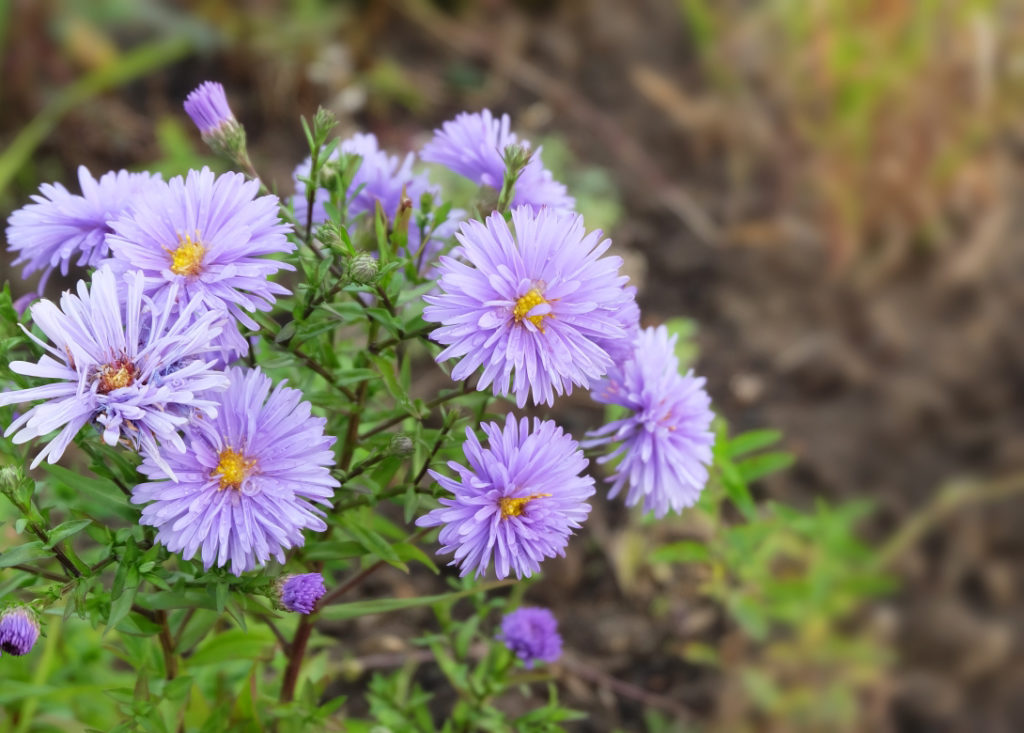
As a general overview this is what you need to do:
- Sow Asters (indoors or outdoors depending on the time of year).
- Wait for the seedlings to sprout.
- Transplant once the plants are big enough and move somewhere cool.
- Harden off your seedlings to get them ready for going outdoors.
- Plant in the late spring.
Read on to understand how to sow Asters indoors and outdoors.
| Difficulty | Easy |
| Equipment Required | Compost, seed tray |
| When To Sow | Sow indoors February-April, sow outdoors April-May |
| When To Plant Out | April-May |
When To Plant Asters
Sowing Aster seeds should be done in February through April if you are sowing indoors, or in April or May outdoors.
Sowing Indoors
1) Sow In Seed Trays
Prepare a seed tray with a layer of seed compost and pop your Aster seeds about half a centimetre below the surface.
Either push each one in or scatter some on the surface and add another small layer of compost on top.
2) Keep Seeds At The Right Conditions
Asters like a temperature between 15-20°C and good moisture levels.
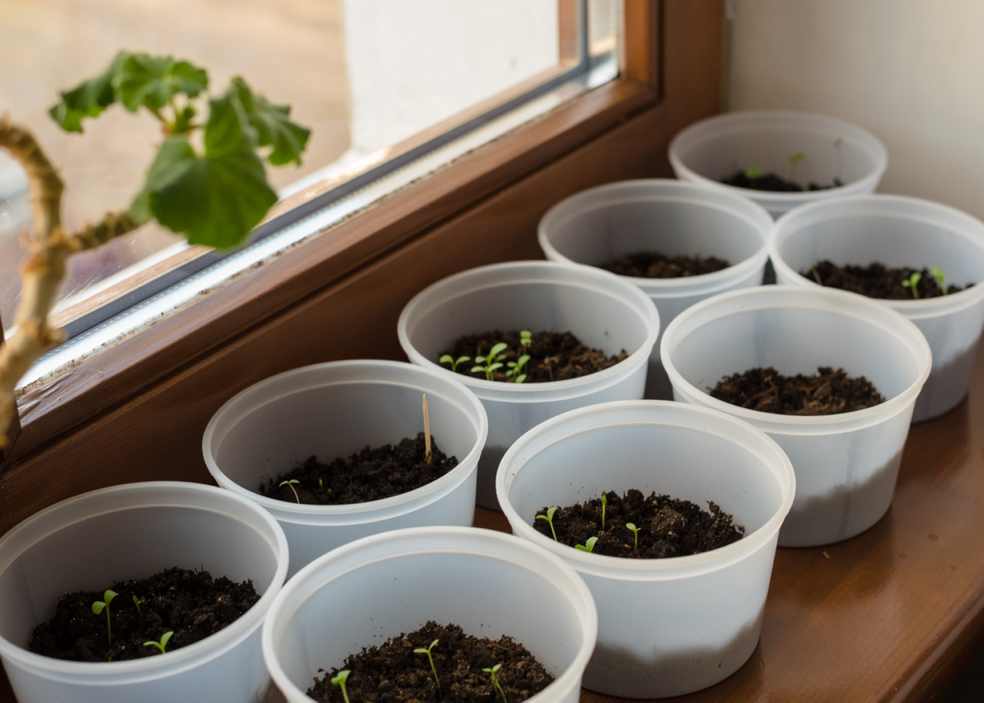
Either water carefully or use a spray bottle to give the seedlings a spritzing every couple of days.
3) Transplant
Transplanting seedlings gives fledgling plants the space they need to grow.
Once your seedlings have appeared, which is usually after 2-3 weeks, move each one gently into another seed tray, leaving 5cm between each plant.
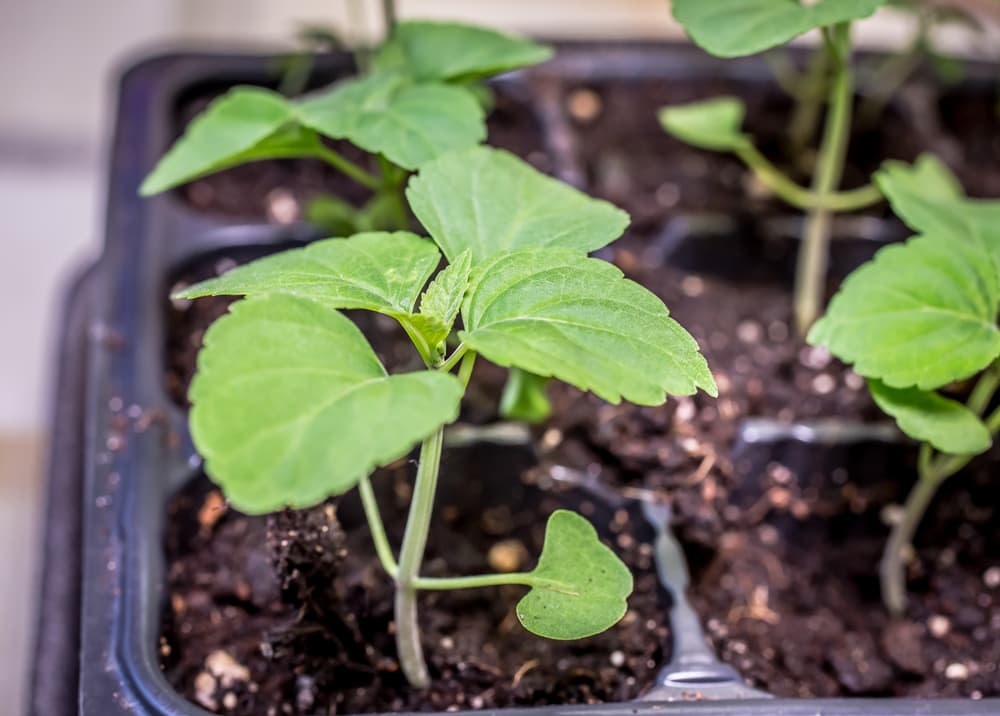
You should move Asters by leaves rather than stems as the latter can cause damage, and a damaged seedling equals a stunted plant!
Once your seedlings are transplanted you’ll want to move them to a slightly cooler environment.
4) Harden Off
Asters need to be hardened off before planting out to increase their sturdiness and the likelihood of survival.
Be sure that the last frost has passed before starting to harden off, otherwise, this endeavour will be counter-productive.
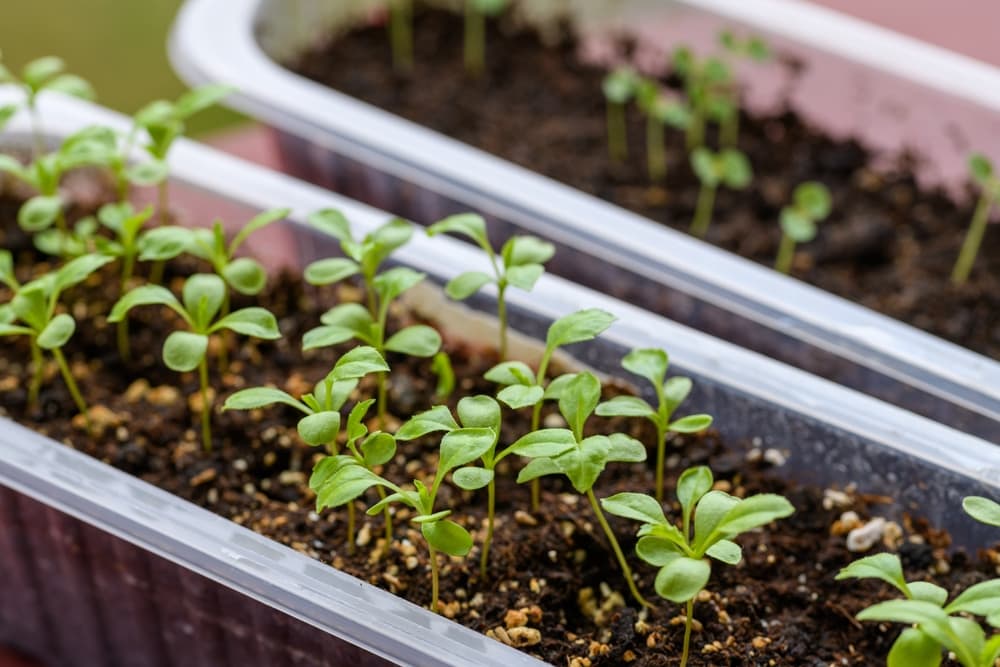
Take the seed tray containing your Asters outdoors for a couple of hours each day for up to a fortnight, gradually increasing the time spent outdoors and the ratio of sunlight to shade.
Once this process is complete your Aster seedlings will have a good taste of life outdoors, and they’ll be in better stead to thrive once they make the jump.
5) Plant Out
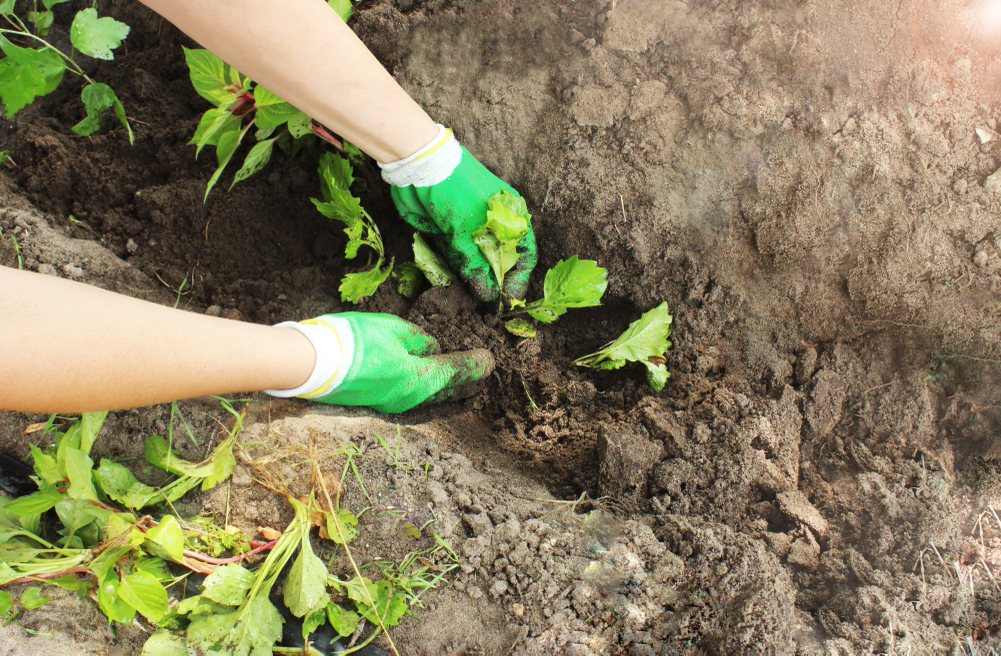
In May or June, move your Aster seedlings into a bed or containers outside.
Leave at least 20cm between each plant so they have enough space to flourish.
Water when planting and ensure the soil is well-drained.
Sowing Outdoors
Growing Asters outdoors right away is possible, just be aware you may not see as good results.
By the time the seeds are able to germinate outdoors, you could have already had 2-3 months worth of growing time by propagating indoors.
1) Sow Into A Seed Bed
In April or May, sow seeds into watered and well-drained soil.
Make sure each is about half a centimetre below the surface.
2) Thin Out Your Seedlings
When seedlings are established you’ll want to thin them out. The logic here is the same as when sowing indoors: it gives each plant the space it needs to thrive.
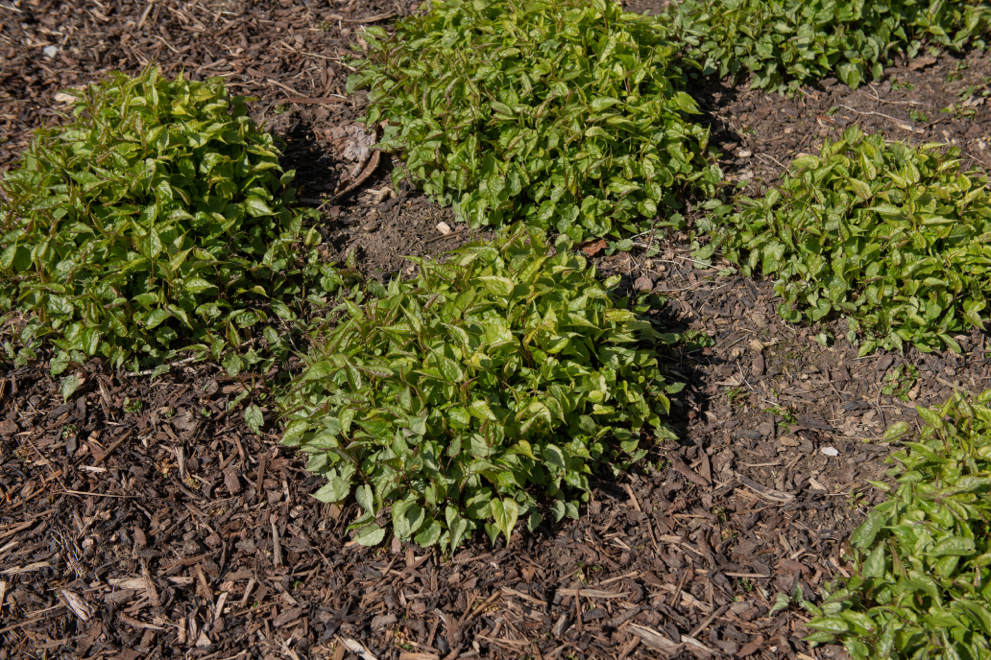
Leave about 20cm between each Aster, and water again at this stage.
3) Monitor Plants
To give your Asters the best chance at thriving, you’ll want to water them regularly and keep checking that they’re taking well.
Always ensure their soil can drain well, as saturating Asters will damage them.
4) Wait For Your Plants To Bloom
Mature Asters will flower between July and October.
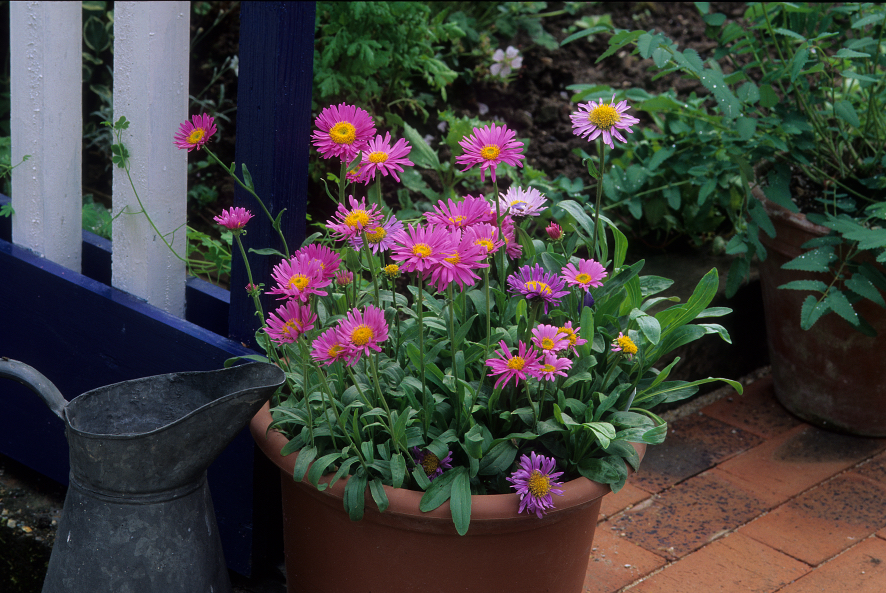
As we said earlier, their season of visual interest spans later into the year than many flowers, making them a great option for a garden that you want to remain colourful and vibrant for longer.
